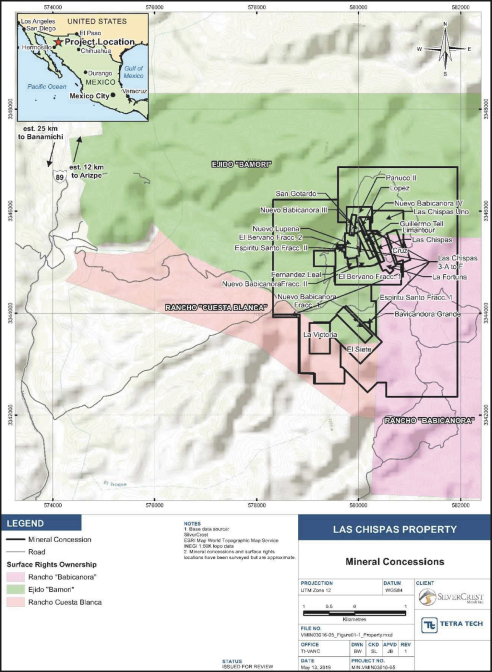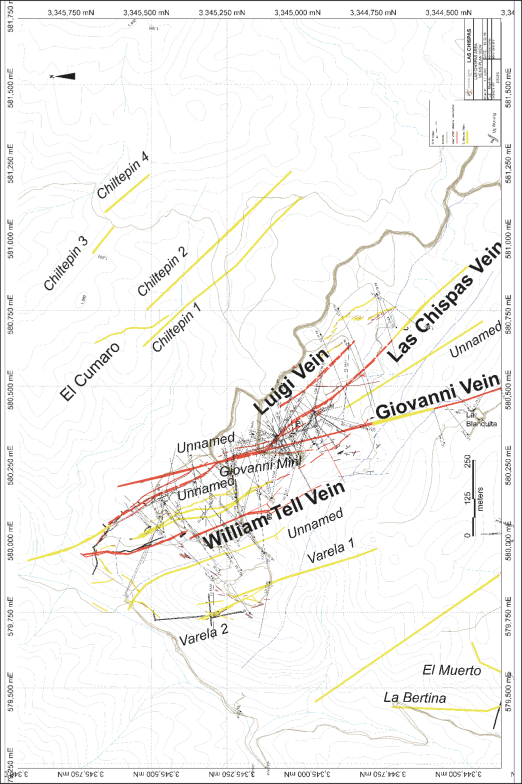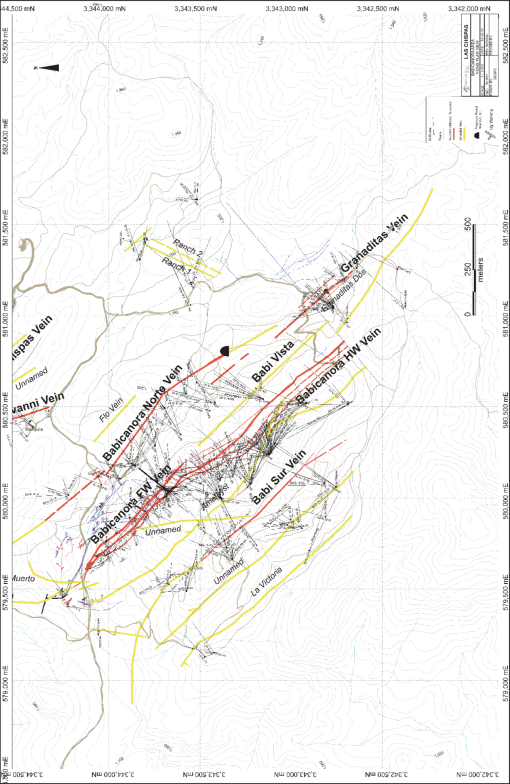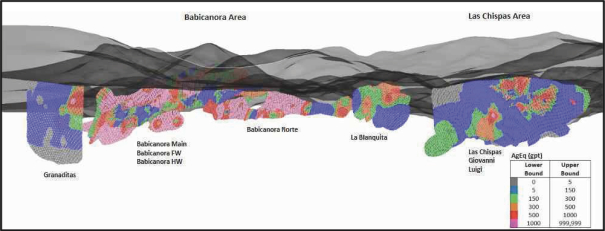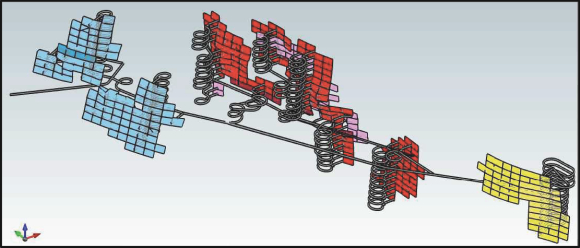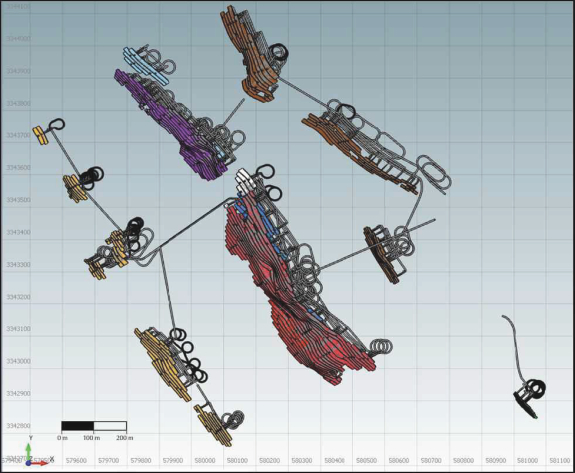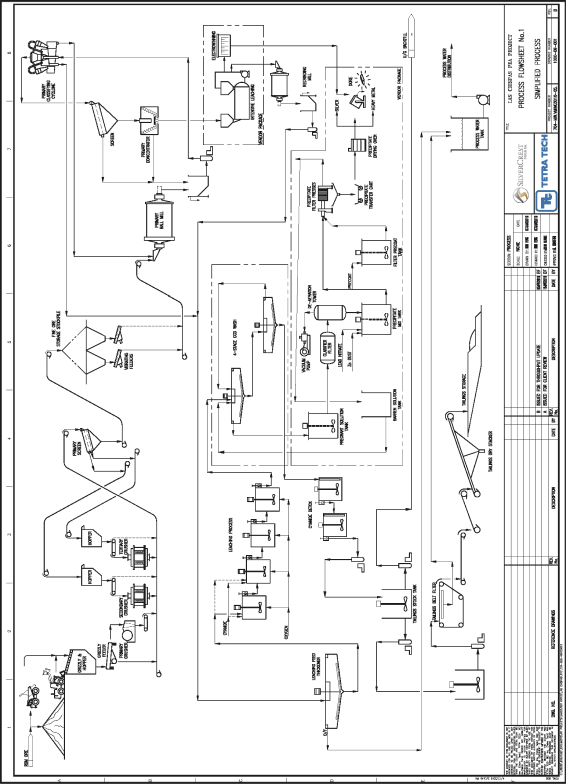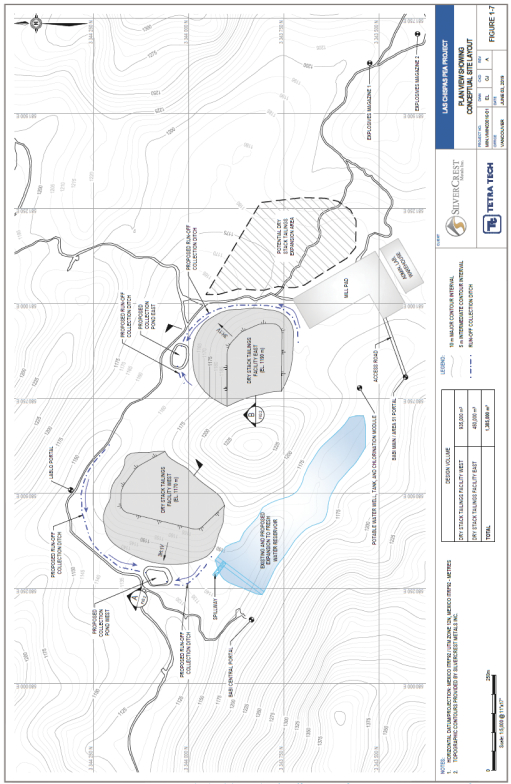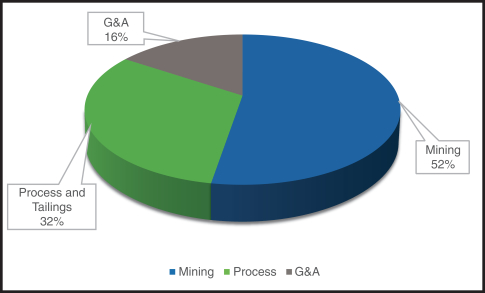PART II
INFORMATION NOT REQUIRED TO BE DELIVERED
TO OFFEREES OR PURCHASERS
Indemnification of Directors and Officers
Under theBusiness Corporations Act (British Columbia) (the “BCBCA”) the Registrant may indemnify a director Under theBusiness Corporations Act (British Columbia) (the “BCBCA”) the Registrant may indemnify a director or officer, a former director or officer, or an individual who acts or acted as a director or officer of an affiliate of the Registrant, or at the Registrant’s request as a director or officer (or in a similar capacity) of another corporation or other legal entity, against all judgments, penalties or fines awarded or imposed in, or amounts paid in settlement of, any legal proceeding or investigative action, whether current, threatened, pending or completed, in which such individual or any of his or her heirs and personal or other legal representatives is or may be joined as a party, or is or may liable for in respect of a judgment, penalty or fine in, or expenses related to such legal proceeding or investigative action because of serving in such capacity, on condition that (i) the individual acted honestly and in good faith with a view to the best interests of the Registrant or such other corporation or legal entity, and (ii) in the case of such a proceeding or investigative action other than a civil proceeding, the individual had reasonable grounds for believing that his or her conduct was lawful. The Registrant may, after the final disposition of such a legal proceeding or investigative action, pay all costs, charges and expenses, including legal and other fees, actually and reasonably incurred by such person described above in respect of such a legal proceeding or investigative action, providing such person complies with (i) and (ii) above. The Registrant may, as they are incurred in advance of the final disposition of such legal proceeding or investigative action, pay such costs, charges and expenses as they are actually and reasonably incurred by such person described above, provided it obtains a written undertaking that such person will repay the amounts advanced if it is ultimately determined that the individual did not comply with (i) and (ii) above. Under the BCBCA, an individual described above is entitled to indemnification from the Registrant in respect of such costs, charges and expenses actually and reasonably incurred after the final disposition of such legal proceeding or investigative action as a matter of right if the individual has not been reimbursed for such costs, charges and expenses and is wholly successful in the outcome of such legal proceeding or investigative action, or is substantially successful on the merits thereof, providing such individual complies with (i) and (ii) above. On application of the Registrant or an individual described above, the Supreme Court of British Columbia may order (A) the Registrant to indemnify a person described above in respect of any liability incurred by such person in respect of such a legal proceeding or investigative action, (B) the Registrant to pay some or all of the expenses incurred by such individual in respect of such legal proceeding or investigative action, (C) the enforcement of, or any payment under, an agreement of indemnification entered into by the Registrant, (D) the Registrant to pay some or all of the expenses actually and reasonably incurred by such person described above in obtaining such an order, and/or (E) any other order that the Court considers appropriate.
In accordance with the BCBCA, the Articles of the Registrant provide that the Registrant must indemnify a person named above, and such person’s heirs and legal personal representatives, against all judgments, penalties or fines awarded or imposed in, or amounts paid in settlement of, any legal proceeding or investigative action, whether current, threatened or completed, in which such individual or any of his or her heirs and legal personal representatives is or may be joined as a party, or is or may be liable for in respect of a judgment, penalty or fine in, or costs, charges and expenses, including legal and other fees relating to such legal proceeding or investigative action, because of that person having been a director or officer of the Registrant, provided that (i) the individual acted honestly and in good faith with a view to the best interests of the Registrant; and (ii) in the case of such a legal proceeding or investigative action other than a civil proceeding, the person had reasonable grounds for believing that his or her conduct was lawful. The Articles of the Registrant also provide that the Registrant must, after the final disposition of such a legal or investigative action, pay all costs, charges and expenses, including legal and other fees, actually and reasonably incurred by such person in respect of such a legal proceeding or investigative action, provided such individual complies with (i) and (ii) above. The Registrant must pay, as they are incurred in advance of the final disposition of such legal proceeding or investigative action, such costs, charges and expenses as they are actually and reasonably incurred by such person described above, provided it obtains a written undertaking that such person will repay the amounts advanced if it is ultimately determined that the individual did not comply with (i) and (ii) above.
A policy of directors’ and officers’ liability insurance is maintained by the Registrant which insures directors and officers for losses as a result of claims against the directors and officers of the Registrant in their capacity as directors and officers and also reimburses the Registrant for payments made pursuant to the indemnity provisions under the Articles of the Registrant and the BCBCA.
* * *
Insofar as indemnification for liabilities arising under the Securities Act of 1933, as amended, may be permitted to directors, officers or persons controlling the Registrant pursuant to the foregoing provisions, the Registrant has been informed that in the opinion of the U.S. Securities and Exchange Commission such indemnification is against public policy as expressed in the Securities Act of 1933, as amended, and is therefore unenforceable.
The exhibits listed in the exhibit index, appearing elsewhere in this Registration Statement, have been filed as part of this Registration Statement.
II-1

